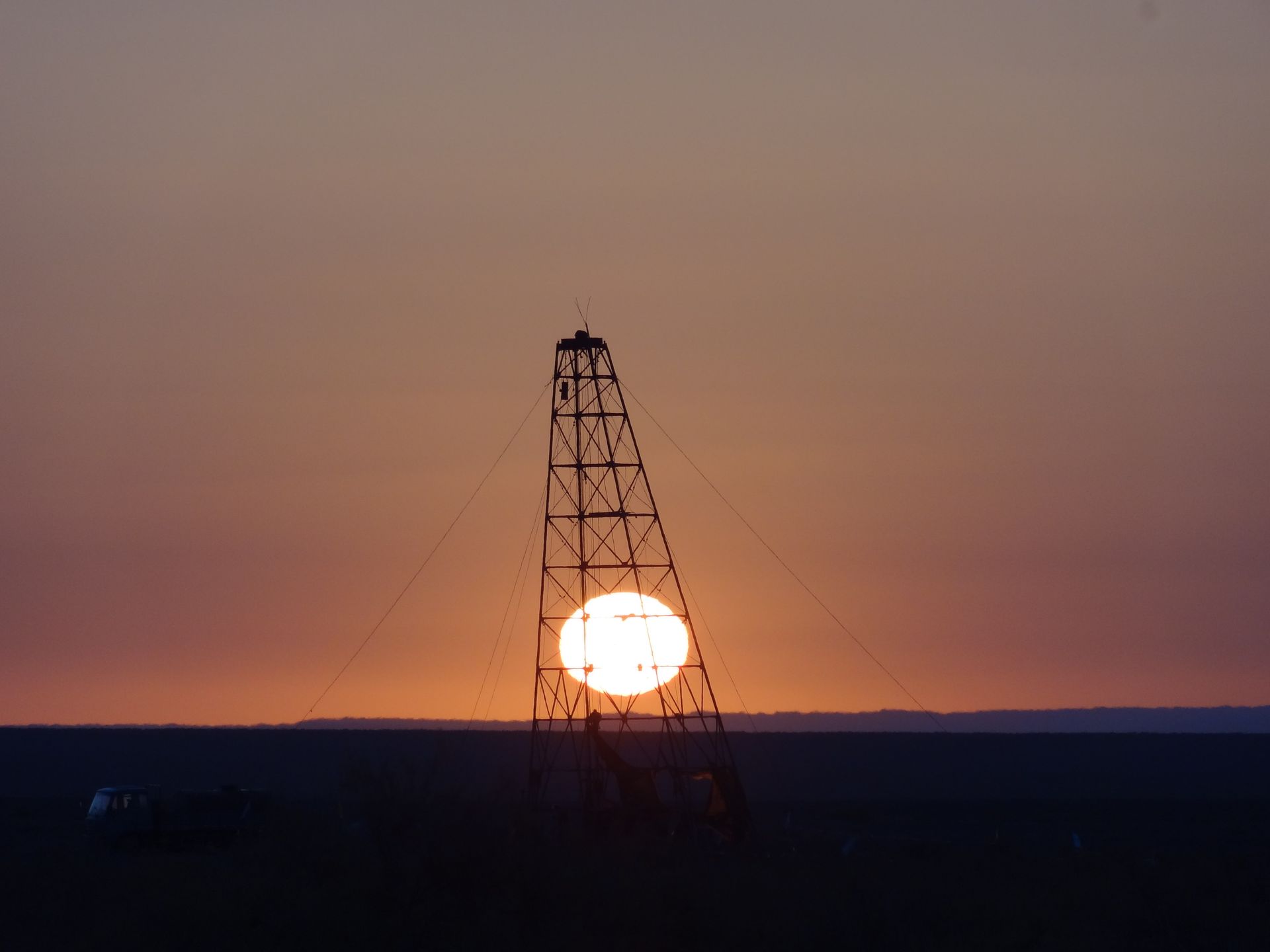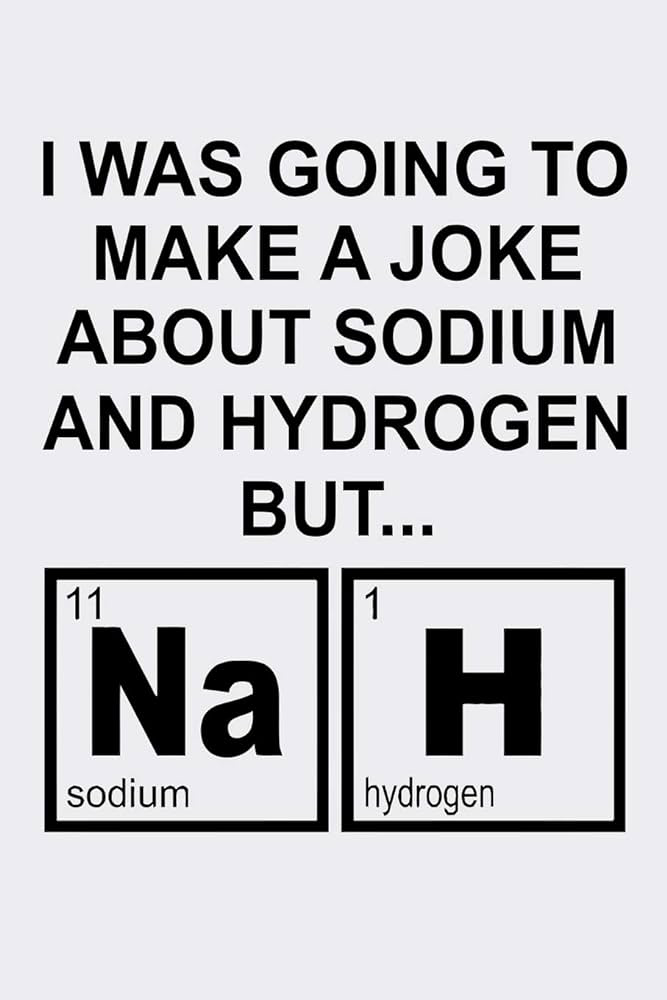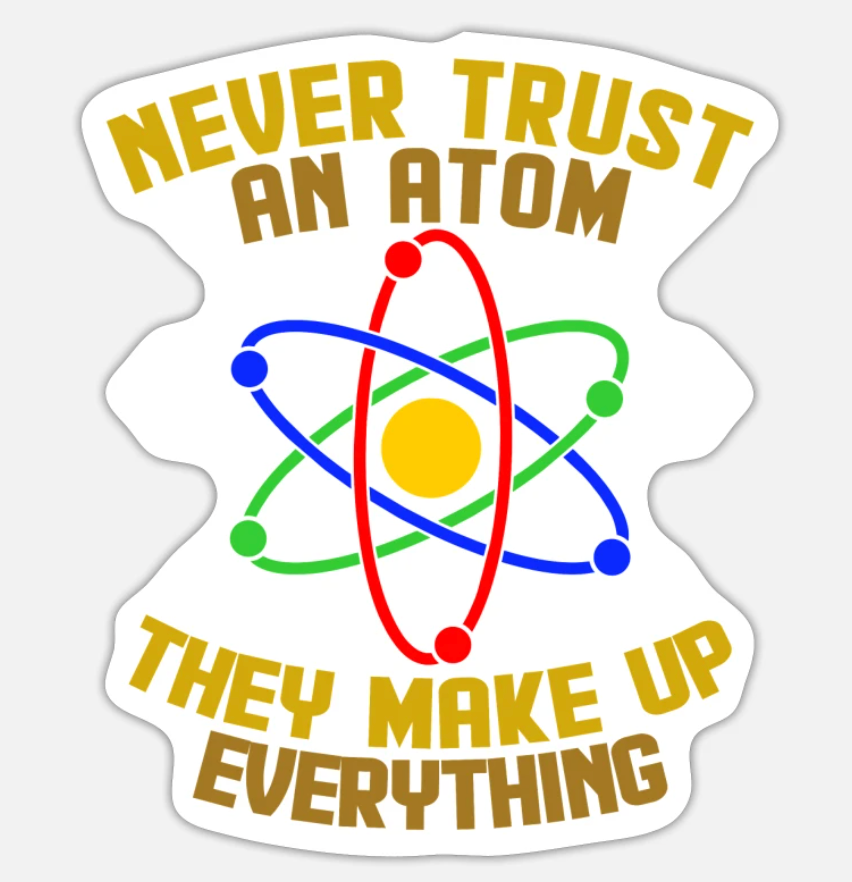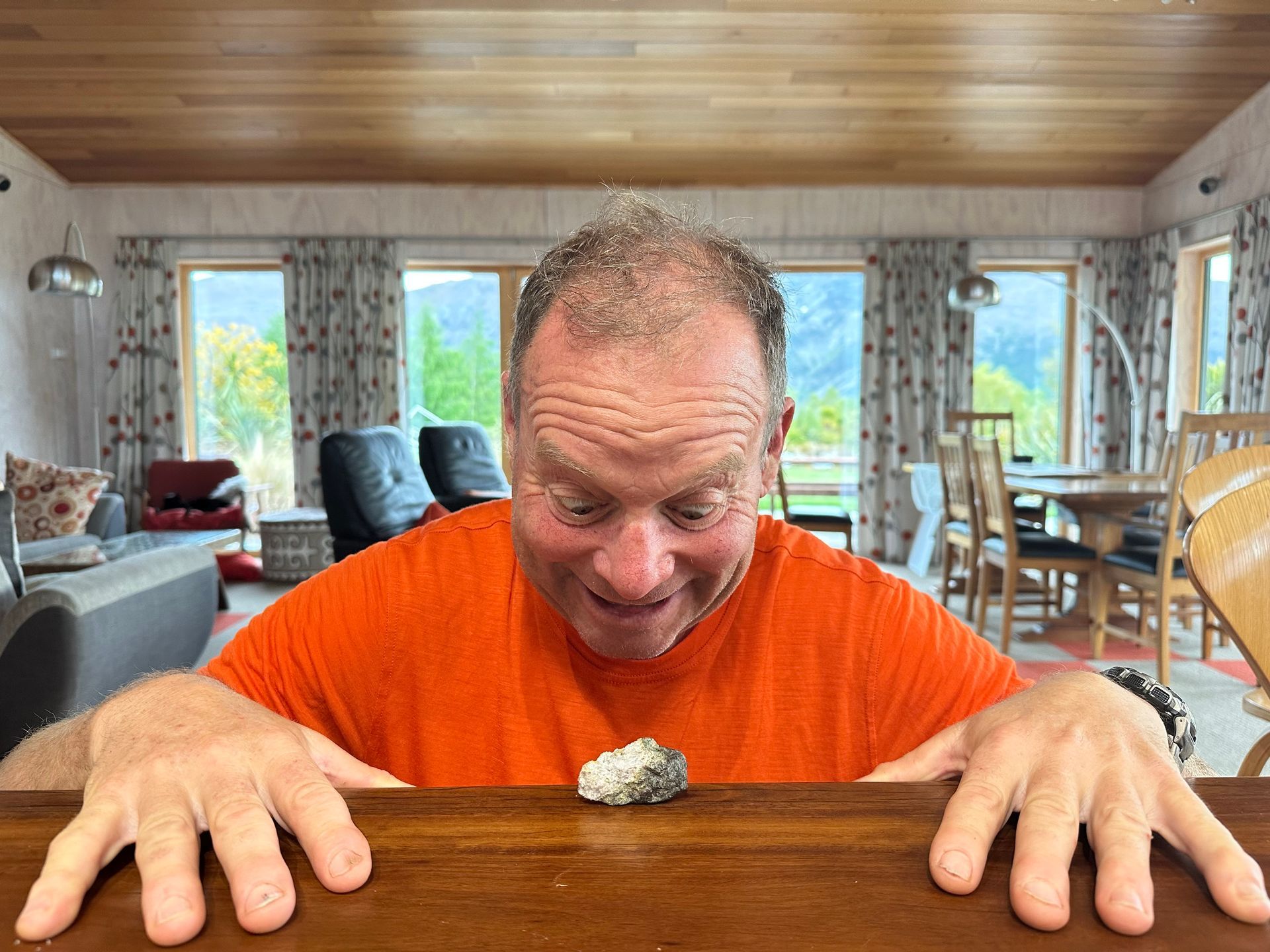Natural Hydrogen - what the H2?

Sun rising in a drilling rig in northwestern China – Chris & I worked for a company exploring coal seams for gas here, although everyone involved knew from the outset the coal had the wrong composition for gas production
This week I’m going back to my scientist roots to write about recent media hype regarding natural hydrogen in New Zealand and who might own it. https://www.1news.co.nz/2024/04/05/renewable-energy-ownership-spat-brewing-between-maori-crown/ Natural hydrogen is a relatively new concept – until less than ten years ago, no one thought hydrogen might exist in pockets underground that could be tapped into to use as an energy source. However, suddenly the natural hydrogen gold rush is underway. So what is natural hydrogen and why does the NZ government need to have a position on it?
What is hydrogen? Hydrogen is the most abundant and lightest chemical element. It naturally occurs in gaseous form as two atoms bonded together – H2. However the majority of hydrogen is bound up in living organisms and as water, rather than occurring as a gas (less than 0.0001% of our atmosphere is hydrogen).
Why is hydrogen an energy source of interest? Hydrogen can be burned to release energy and when hydrogen burns it oxidises to mostly form water. Fuel that releases energy without creating carbon dioxide or methane (gases that result in global warming i.e. greenhouse gases or ‘GHGs’) is of great interest in today’s climate-challenged world. There is particular interest in using hydrogen to replace fossil fuels in situations where electricity is not a good power solution e.g. shipping and heavy transport that now use diesel and have to go long distances without being able to refuel.
Where can we get hydrogen from? The source of hydrogen is referred to by colour:
- Brown hydrogen is made using energy from coal.
- Blue hydrogen is made using energy from natural gas.
- Pink hydrogen is made using nuclear energy.
- Green hydrogen is made using renewable energy.
- White (or gold) hydrogen is naturally sourced from underground deposits of hydrogen.
Are there any downsides to using hydrogen?
- Hydrogen is hard to manage, it escapes easily because it is small and light. We need a whole new infrastructure to transport and contain hydrogen which will come at vast expense as well as requiring a whole lot of resource extraction to create.
- Hydrogen is not energy dense so needs to be compressed for transport and use. Even then, liquid hydrogen has about 1/4 the energy of petrol so you need 4x the size of a fuel tank to go the same distance.
- People worry about the explosivity of hydrogen but tests suggest this is not a major issue when you compare hydrogen with fossil fuels.
- Hydrogen isn’t as clean and green as it’s made out to be – both its manufacture and its use create some GHGs.
- Burning hydrogen produces some nitrous oxide gases which are GHGs.
- Hydrogen is mostly manufactured using steam to split methane (CH4) into two hydrogen gas molecules, carbon monoxide (CO, an indirect GHG) and a small amount of carbon dioxide (CO2, a GHG).
- When hydrogen is manufactured we end up with less energy than we started off with. We use heat (to make steam to split methane) or electricity to break water into hydrogen and oxygen (electrolysis). In the process of manufacturing hydrogen we lose about 20-30% of the energy we put in, then we lose another 10% compressing the hydrogen so we can store and transport it. So we have 30-40% less energy at the end of the process than we did at the beginning. Does this matter? Sure, it does – if we want to use hydrogen to do the same things we are doing today we will need more energy than we currently produce. Even renewable energy comes at a resource cost – we have to mine the constituents of solar panels and batteries or wind turbines and use energy to manufacture, transport and install them. The components don’t last forever and need replacing. This is a perpetual motion machine going the wrong way – to get clean energy we need more energy? This is also why natural hydrogen is exciting…we might not have to make natural hydrogen, the planet could make it for us.
Where does natural/underground hydrogen come from? Scientists are still debating this question (scientists love debating things as much as they love finding things out). The general current consensus is natural hydrogen is produced from a reaction between water and iron-rich rocks at very high temperatures underground (the deeper in the earth you go, the hotter the temperatures are). Olivine is a common iron-rich mineral which might react with water to form hydrogen; the rocks making up the New Zealand landmass contain a lot of olivine.
How do you get underground hydrogen in order to use it? Through boreholes (not mining), pretty much like you get other natural gas or oil to the surface. You drill a borehole from the surface down to the depth at which the gas is trapped underground. The gas is trapped beneath an impermeable layer of rock or ‘cap’ – a layer it can’t get through; the borehole pierces through the cap and underground pressure pushes the gas up the borehole.
Why haven’t I heard about underground hydrogen before? Because not many people had heard about natural hydrogen until 2021 when the first conference on natural hydrogen was held. There is only one place in the world where natural hydrogen is produced and you likely haven’t been there – it is Bourakebougou in Mali. The Bourakebougou resource was discovered in 1987 and has been used to produce a very small amount of electricity for the nearby village (30kW, a bit more than you need to power a house in a western country) since 2012. However, scientists only recently started getting excited about natural hydrogen as a wider energy source.
Why does the government need to do anything about natural hydrogen? Minerals and energy resources are managed by the Crown, which gives out permits for the right to explore for resources and different permits for the right to exploit resources. The Crown determines who gets revenue from resources that are exploited as laid out in the Crown Minerals Act. However, hydrogen is not specifically covered by the Crown Minerals Act. Therefore, the government needs to set up new legislation before anyone can go looking for natural hydrogen or tapping into it, if it does exist. The new legislation will include defining who receives revenue. Shane Jones says all New Zealanders should benefit from any resource discovered while Te Pati Māori co-leader Debbie Ngarewa-Packer says, “Māori have rights and interests to absolutely every renewable energy". Until such issues are resolved, the energy ‘gold mine’ Victoria University materials engineer Chris Bumby says we may be sitting on, will not be explored or exploited.
Is there really an energy gold mine under New Zealand? That’s the billion-dollar question, isn’t it? What do I think? Not likely. Hydrogen is very light and very small – it escapes upwards easily, much more easily than fossil fuel gas or liquid. You need rock with lots of porosity (holes) which gas can be captured in (a reservoir) then rock on top of the reservoir which keeps the gas from escaping to the surface (cap rock). Scientists are debating how often this is likely to occur and where it might occur – it’s lots of fun to figure out where a new resource might be found, go looking for it and design ways to get it out of the ground. Obviously it has happened in Mali, where the hydrogen is contained within carbonate rocks (like limestone) and the cap rocks are igneous sills (where molten magma is pushed sideways through existing rocks and crystallises in situ). The question is, is this going to be repeated around the world?
Scientific and engineering optimists say finding natural hydrogen is very possible because we haven’t previously looked for it (because we didn’t know we should be looking) and the iron-water reaction could occur many places underground. There could be natural hydrogen everywhere. Even more interesting is that natural hydrogen might be continually formed deep down in the earth and bubble upwards – we might find perpetual trickling sources of carbon-free energy.
Investment optimists (investors are always optimists) say natural hydrogen is very probable because they want people to bet money on resources so they (the investors) can get their share of that money.
Why am I a boring skeptic? I participated in the relatively recent excitement over coal bed methane (CBM) from low rank coal (‘rank’ means how much coal has been heated and pressured while underground, resulting in the coal losing moisture, becoming more dense and shiny and containing relatively more energy per unit volume). CBM was discovered as an energy resource in the 1980s, when methane held in high rank coal seams was tapped into. In the 1990s, scientists realised lower rank coal also held methane and this was exciting because there are many more, and many thicker, low rank coal seams as compared with high rank coal seams. Investors and big companies got in on the act and CBM exploration took off internationally.
Chris and I helped explore for coal bed methane in New Zealand, Australia, Chile, Indonesia, Vietnam, China, Botswana, Mozambique. It was lots of fun to go to all the different countries and work with people in them (and do some cycle touring in our down-time). The theoretical reason for the exploration was that most of the areas we worked in were energy-impoverished – people urgently needed new and local sources of energy. However, in practice the exploration was about companies buying the right to explore for CBM, collecting data which showed how much CBM coal might hold, then selling that information and exploration right to a new owner who would discover all the reasons the CBM was uneconomic to get out of the coal. None of the resources we worked on have been developed, no impoverished people have got new energy, many savvy (and, in some cases, unscrupulous) investors have made a lot of money.
In northwestern China where we worked (picture above), everyone knew from the outset the coal had the wrong composition to produce gas. Everyone was right, it didn't. However, the company performed the exploration and held back the results while they listed on the stock exchange, using prior estimates to drive the price of shares up while knowing nothing was there. In Vietnam, we explored in coal seams everyone knew would be impossible to exploit because of the amount of water in the associated sediments – to get the gas out you have to pump the water table down to around the level of the coal seam. That's very hard to do when there's a massive river on either side of your proposed resource. Once again, everyone was right and nothing has been produced.
Bourakebougou particularly reminds me of CBM in that (according to this Science article) they had a Ford engine running on hydrogen to supply power to the village. However, in 2023, the Bourakebougans were getting no electricity again because the Ford engine stopped running and, while a hydrogen fuel cell had been installed to produce electricity, it was not connected to the local power grid.
In summary, my experience with CBM has left me a boring skeptic about natural hydrogen. Hydrogen is politicians’ current favourite energy solution to solve climate woes so natural hydrogen seems like a politicians’ tooth fairy come true. I remain as skeptical of tooth fairies as of Noddy (non-binary) Christmas.







